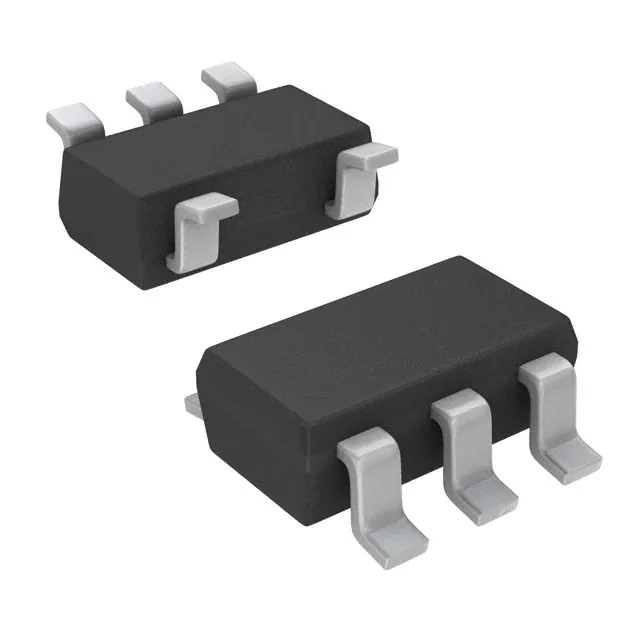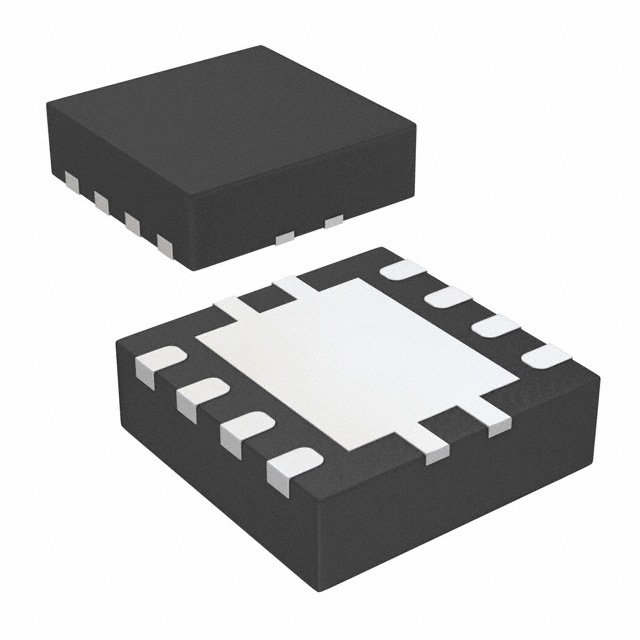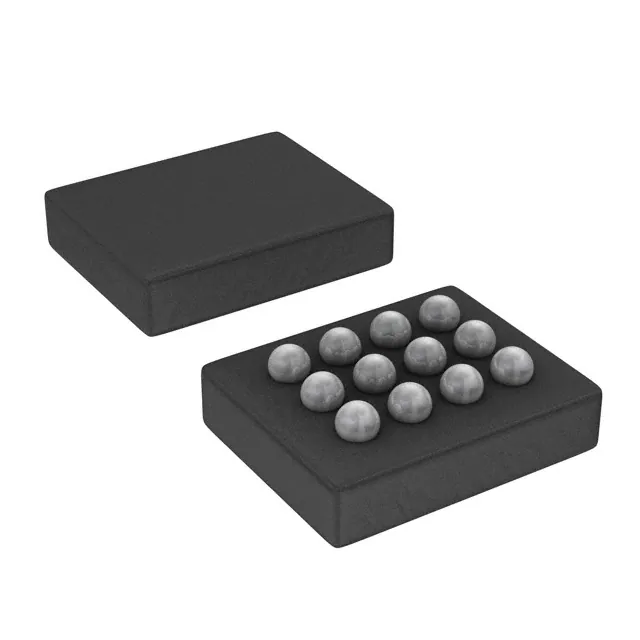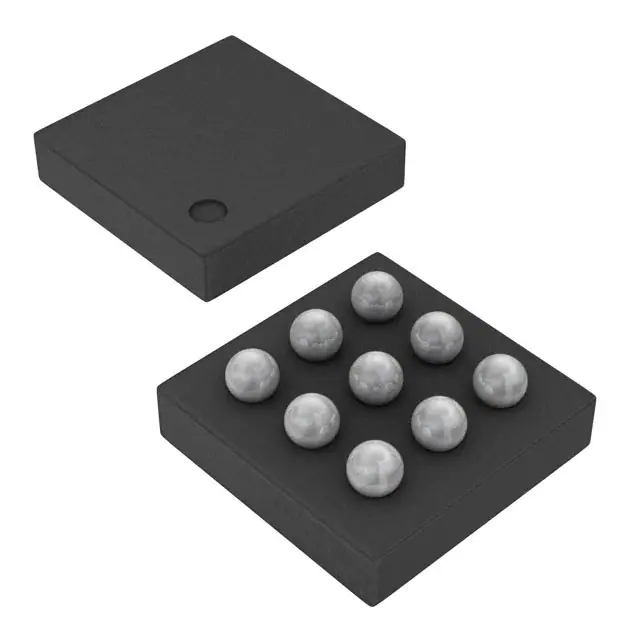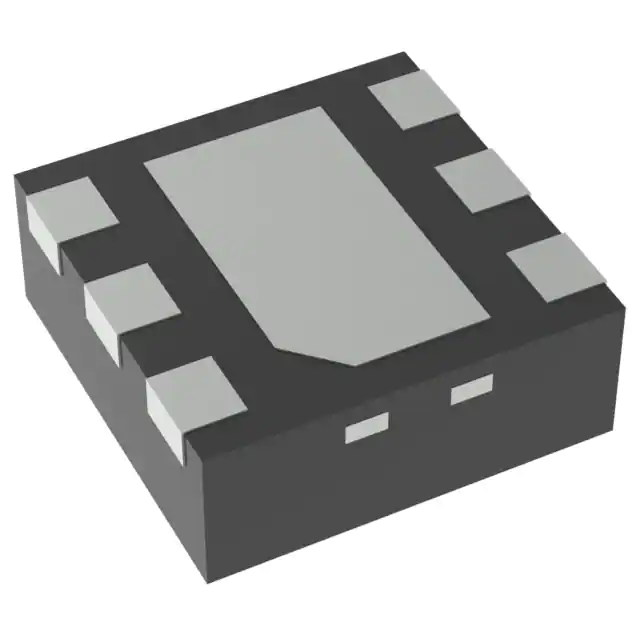The TPS54202DDCR is a 4.5-V to 28-V input voltage range, 2-A synchronous buck converter. The device includes two integrated switching FETs, internal loop compensation and 5-ms internal soft start to reduce component count.
By integrating the MOSFETs and employing the SOT-23 package, the TPS54202DDCR achieves the high power density and offers a small footprint on the PCB.
Advanced Eco-mode implementation maximizes the light load efficiency and reduces the power loss.
In TPS54202, the frequency spread spectrum operation is introduced for EMI reduction.
Cycle-by-cycle current limit in both high-side MOSFET protects the converter in an overload condition and is enhanced by a low-side MOSFET freewheeling current limit which prevents current runaway. Hiccup mode protection is triggered if the overcurrent condition has persisted for longer than the present time.
Feature
- 4.5-V to 28-V Wide Input voltage Range
- Integrated 148-mΩ and 78-mΩ MOSFETs for 2-A, Continuous Output Current
- Low 2-μA Shutdown, 45-μA Quiescent Current
- Internal 5-mS Soft-Start
- Fixed 500-kHz Switching Frequency
- Frequency Spread Spectrum to Reduce EMI
- Advanced Eco-mode? Pulse Skip
- Peak Current Mode Control
- Internal Loop compensation
- Overcurrent Protection for Both MOSFETs with Hiccup Mode Protection
- Over Voltage Protection
- Thermal Shutdown
- SOT-23 (6) Package
The TPS54202 is a 4.5-V to 28-V input voltage range, 2-A synchronous buck converter. The device includes two integrated switching FETs, internal loop compensation and 5-ms internal soft start to reduce component count.
By integrating the MOSFETs and employing the SOT-23 package, the TPS54202 achieves the high power density and offers a small footprint on the PCB.
Advanced Eco-mode implementation maximizes the light load efficiency and reduces the power loss.
In TPS54202, the frequency spread spectrum operation is introduced for EMI reduction.
Cycle-by-cycle current limit in both high-side MOSFET protects the converter in an overload condition and is enhanced by a low-side MOSFET freewheeling current limit which prevents current runaway. Hiccup mode protection is triggered if the overcurrent condition has persisted for longer than the present time.

